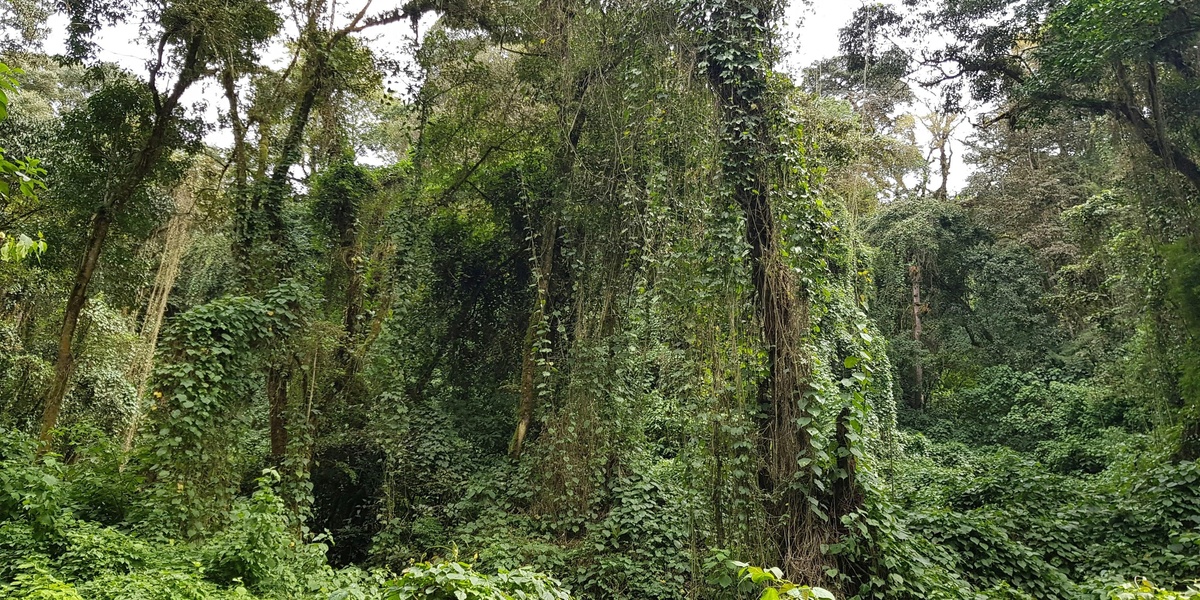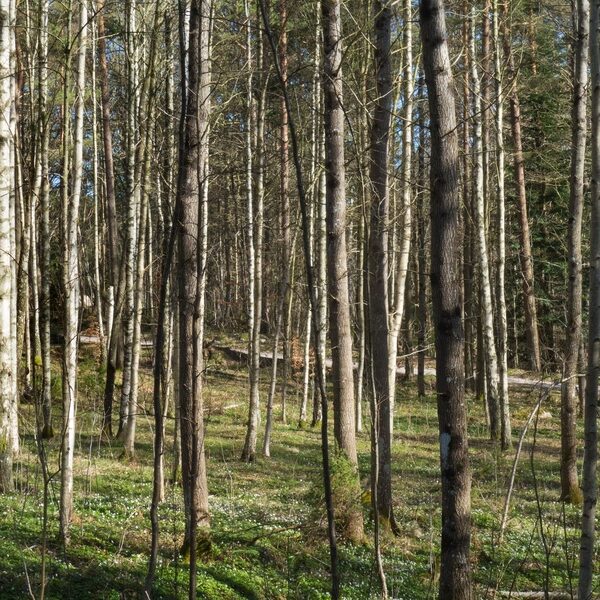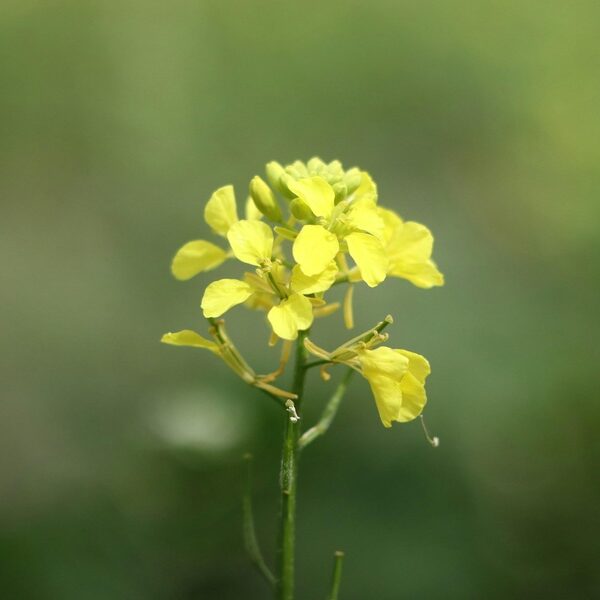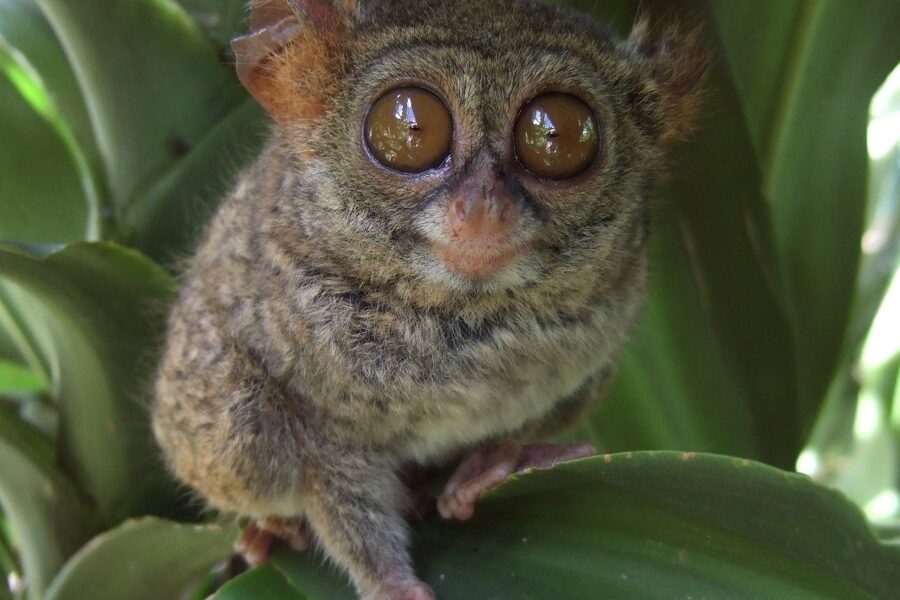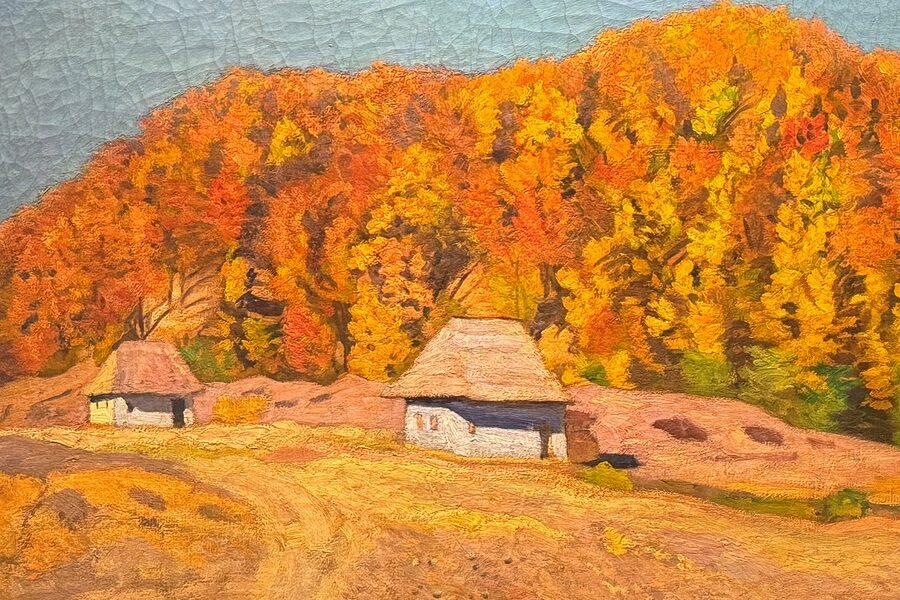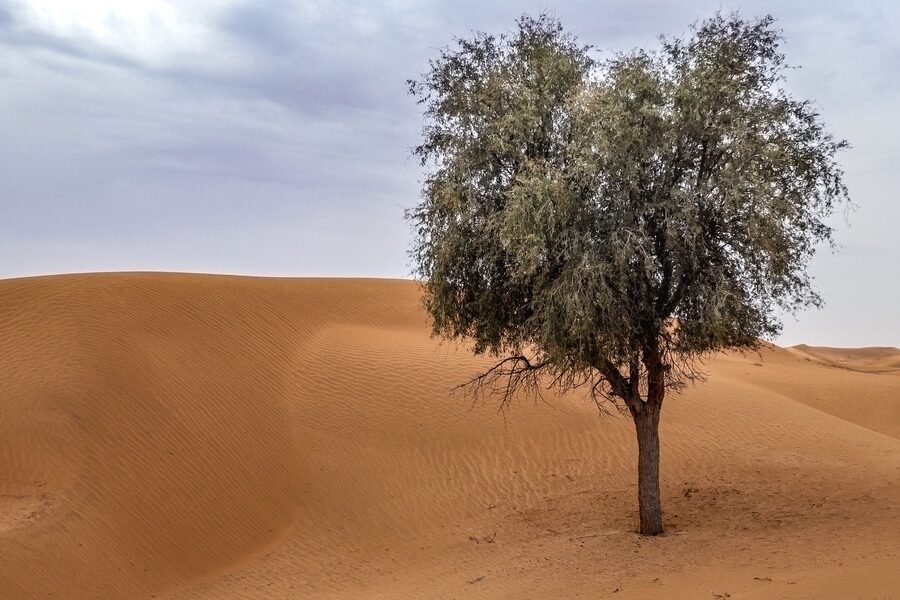The Republic of the Congo, often referred to as Congo-Brazzaville, is home to vast stretches of tropical rainforest, forming a critical part of the second-largest rainforest ecosystem in the world. These dense, biodiverse woodlands play an indispensable role in global ecology, climate regulation, and provide sustenance and resources for countless communities.
Exploring this incredible natural heritage, we’ve compiled a focused look at some of its most notable arboreal inhabitants. This list presents an exact 25 Trees of the Republic of the Congo, showcasing a diverse range from the well-known Abura to the distinctive Wenge. To help you understand their significance and characteristics, each entry provides crucial information, including its Scientific Name, Avg Height (m), Conservation Status, and Primary Use, which you’ll find detailed below.
Why are the forests of the Republic of the Congo significant?
The Republic of the Congo’s forests are globally significant as part of the Congo Basin, the second-largest rainforest on Earth. They are vital carbon sinks, helping to regulate global climate, and support an incredible array of biodiversity, including many endemic plant and animal species. These forests also provide essential resources and livelihoods for millions of people.
What are some common uses for these trees in the region?
Trees from the Republic of the Congo serve various purposes, ranging from economic to traditional. Many species, like Wenge, are highly prized for their timber in construction and furniture making, supporting local economies. Others are essential for non-timber forest products, such as traditional medicine, food sources, and crafting materials, playing a crucial role in the daily lives of indigenous communities.
Trees of the Republic of the Congo
| Tree Name | Scientific Name | Avg Height (m) | Conservation Status | Primary Use |
|---|---|---|---|---|
| Okoumé | Aucoumea klaineana | 40 | Vulnerable | Plywood & Veneer |
| Sapele | Entandrophragma cylindricum | 45 | Vulnerable | Timber & Furniture |
| Limba | Terminalia superba | 40 | Least Concern | Timber & Furniture |
| Iroko | Milicia excelsa | 40 | Near Threatened | Timber & Construction |
| Moabi | Baillonella toxisperma | 50 | Vulnerable | Edible Oil & Timber |
| Wenge | Millettia laurentii | 20 | Endangered | Decorative Wood |
| African Padauk | Pterocarpus soyauxii | 35 | Least Concern | Timber & Dyes |
| Azobé | Lophira alata | 40 | Vulnerable | Heavy Construction |
| Doussié | Afzelia bipindensis | 30 | Vulnerable | Timber & Flooring |
| Afrormosia | Pericopsis elata | 45 | Endangered | Luxury Timber |
| Gaboon Ebony | Diospyros crassiflora | 15 | Near Threatened | Woodcarving & Instruments |
| African Mahogany | Khaya ivorensis | 40 | Vulnerable | Furniture & Cabinetry |
| Safou | Dacryodes edulis | 20 | Least Concern | Food & Medicine |
| Ayous | Triplochiton scleroxylon | 45 | Least Concern | Lightweight Timber |
| Kapok Tree | Ceiba pentandra | 60 | Least Concern | Fiber & Symbolism |
| Umbrella Tree | Musanga cecropioides | 20 | Least Concern | Ecological Pioneer |
| Tali | Erythrophleum suaveolens | 30 | Least Concern | Construction Timber |
| African Oil Palm | Elaeis guineensis | 20 | Least Concern | Oil Production |
| Kossipo | Entandrophragma candollei | 45 | Vulnerable | Timber |
| Movingui | Distemonanthus benthamianus | 35 | Least Concern | Timber |
| Abura | Hallea ciliata | 30 | Least Concern | General-purpose Timber |
| African Baobab | Adansonia digitata | 20 | Least Concern | Food & Culture |
| Giant Diospyros | Diospyros sanza-minika | 50 | Endangered | Timber |
| Ilomba | Pycnanthus angolensis | 35 | Least Concern | Lightweight Timber & Medicine |
| Bilinga | Nauclea diderrichii | 40 | Least Concern | Timber & Construction |
Images and Descriptions
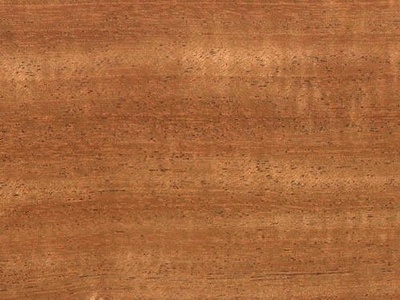
Okoumé
A fast-growing giant whose wood is prized globally for making plywood, making it economically vital but also heavily exploited in the Congo Basin.
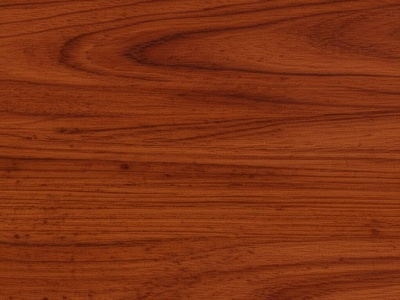
Sapele
Known for its beautiful, interlocking grain and rich reddish-brown color, this valuable hardwood is a popular and more sustainable alternative to mahogany.
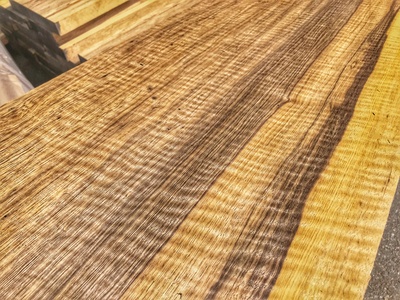
Limba
Famous for producing two distinct colors of wood from the same tree—light ‘white limba’ and darker ‘black limba’—both used in furniture and cabinetry.
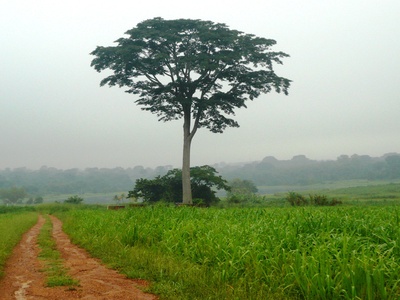
Iroko
Often called ‘African Teak’ for its incredible durability and resistance to rot and insects, making it a top choice for outdoor furniture, boats, and flooring.
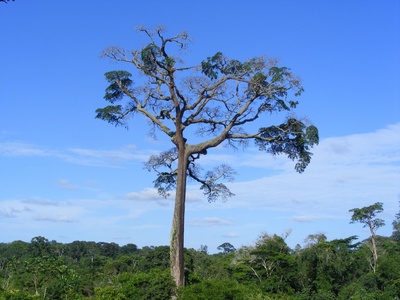
Moabi
A keystone species whose large, oily seeds are a crucial food source for elephants and people, while its dense timber is also highly valued.
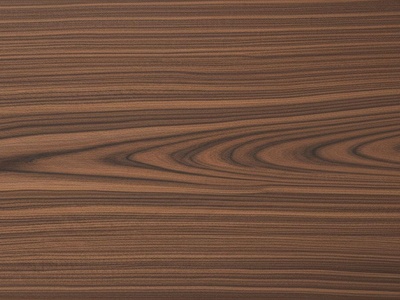
Wenge
Prized for its dramatic, dark brown to black wood with striking grain patterns, Wenge is a luxury timber used for high-end flooring and decorative items.
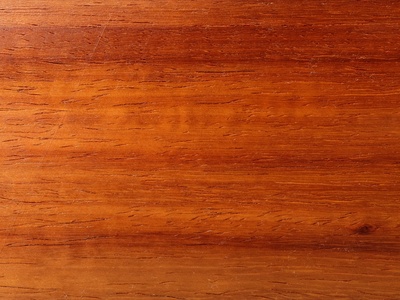
African Padauk
Instantly recognizable by its vibrant, fiery red heartwood that slowly darkens with age; it’s used for musical instruments, furniture, and producing a red dye.
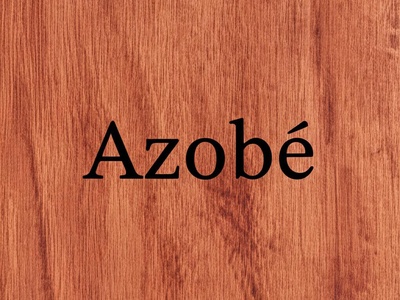
Azobé
One of the world’s hardest and densest woods, Azobé (or Ekki) is so tough it’s used for constructing bridges, railway ties, and port docks.

Doussié
A highly stable and termite-resistant hardwood with a warm, reddish-orange hue, making it an excellent and durable choice for flooring and cabinetry.
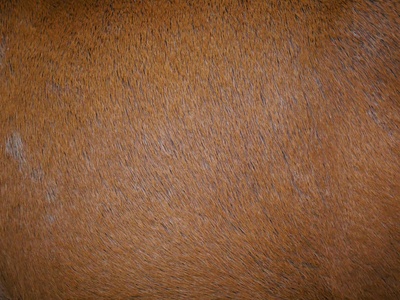
Afrormosia
Known as ‘African Teak’, its golden-brown wood is so similar in quality to true teak that it is highly sought after for luxury boat building and furniture.
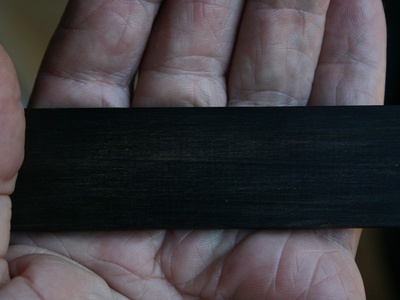
Gaboon Ebony
Famous for its jet-black, dense heartwood, this ebony is one of the most valuable woods in the world, used for piano keys, guitar fretboards, and intricate carvings.
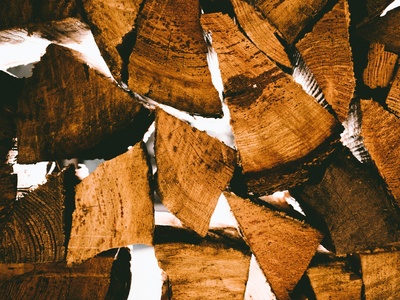
African Mahogany
A true giant of the forest, this tree provides the classic, rich-grained mahogany timber that has been a staple of fine furniture making for centuries.
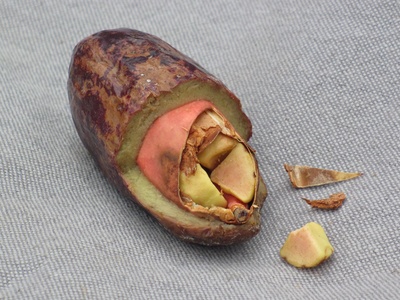
Safou
Also known as the Bush Butter Tree, its nutritious, avocado-like fruit is a beloved food staple that is boiled or roasted, and its bark is used in traditional medicine.
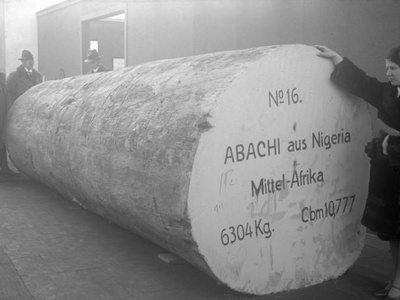
Ayous
Despite its immense size, this tree produces a very light, creamy-white wood called Obeche, which is ideal for veneer, picture frames, and interior molding.
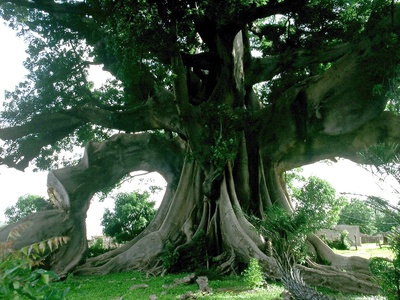
Kapok Tree
An iconic, towering tree with massive buttress roots, its seed pods are filled with a fluffy, cotton-like fiber used for stuffing pillows and mattresses.
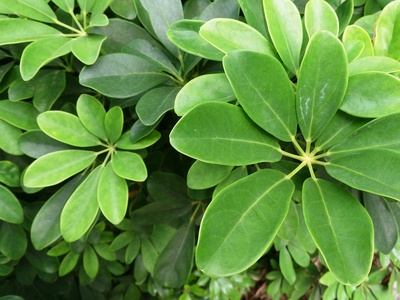
Umbrella Tree
With its distinctive large leaves radiating from a central point like an umbrella, this fast-growing tree quickly colonizes forest clearings, helping to regenerate the forest.
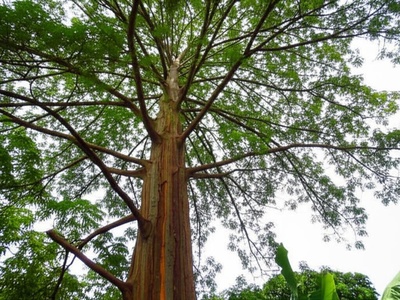
Tali
This tree yields a very hard, heavy, and durable reddish-brown wood used for heavy construction, but its bark and seeds are famously poisonous.
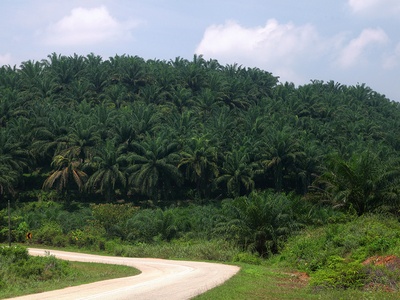
African Oil Palm
Native to the region, this palm is the primary source of palm oil, a globally important commodity used in countless food and cosmetic products.
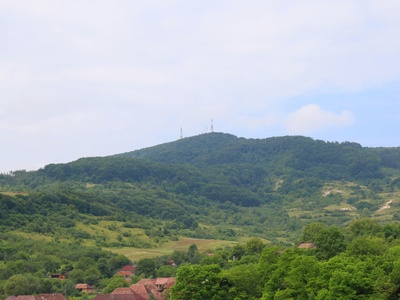
Kossipo
A close relative of Sapele, Kossipo produces a similar high-quality, reddish-brown timber known for its distinctive scent when cut.
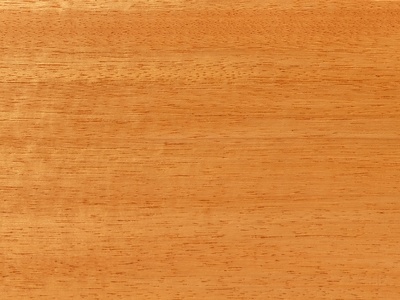
Movingui
This large tree is valued for its attractive, durable, and lemon-yellow wood, which is naturally resistant to decay and used for flooring and boat building.
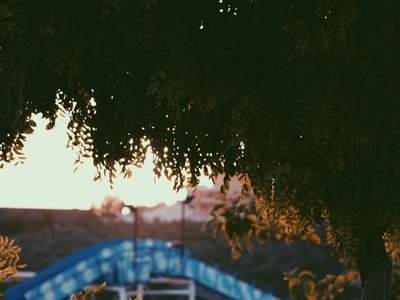
Abura
Commonly found in the swampy forests of the Congo, its fine-textured, straw-colored wood is easy to work with and used for general joinery and furniture.
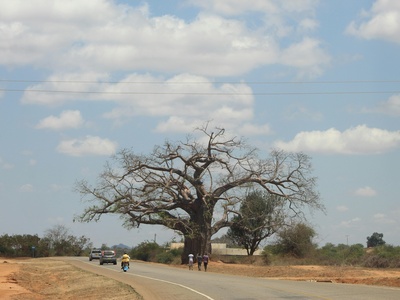
African Baobab
Known as the ‘Tree of Life,’ this iconic tree thrives in the savanna zones, providing nutritious fruit, medicinal bark, and serving as a cultural landmark.
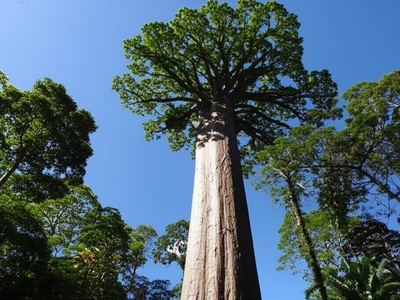
Giant Diospyros
A massive relative of the Gaboon Ebony, this towering tree is threatened by logging for its valuable, dark, and durable wood.
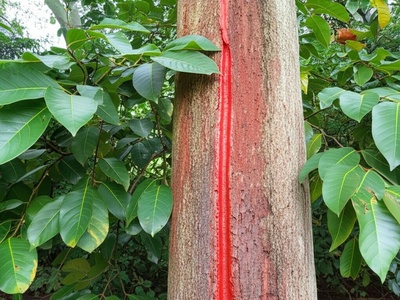
Ilomba
Also called the African nutmeg, its lightweight wood is used for crates and canoes, while its red bark sap is a potent traditional antiseptic.
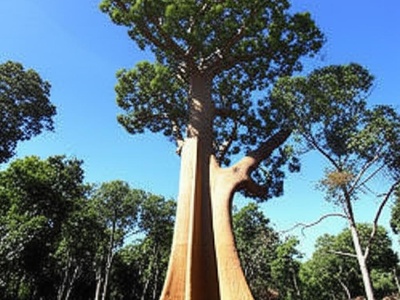
Bilinga
This large tree produces a hard, heavy, and durable golden-yellow wood that is resistant to termites and used for marine construction and flooring.
